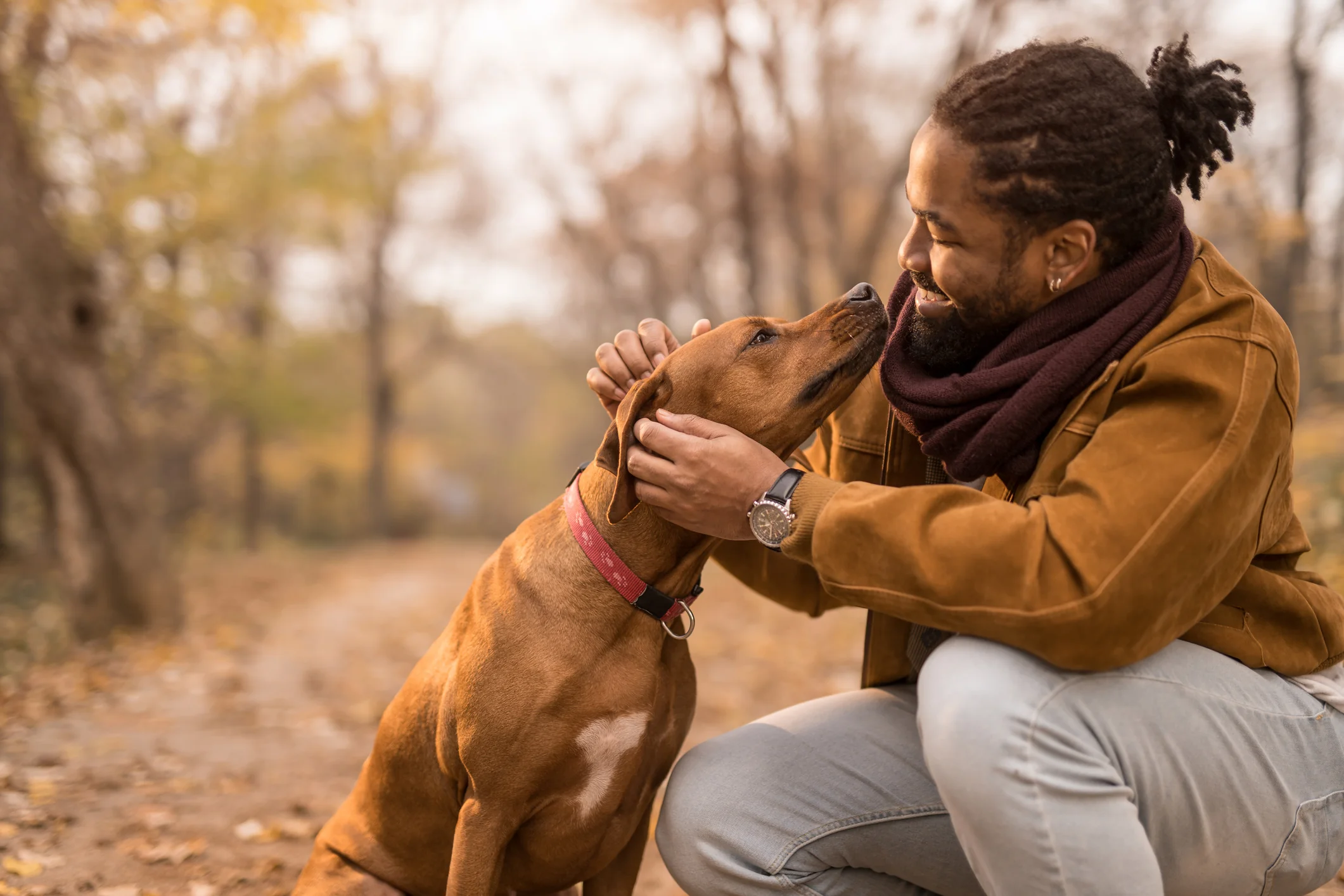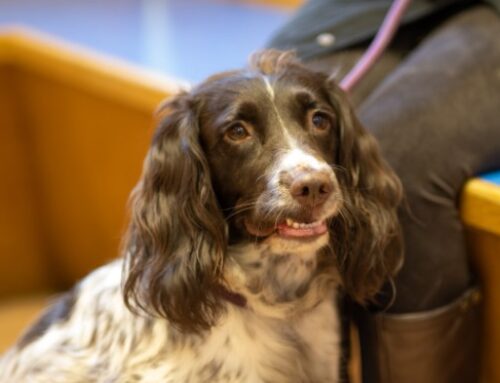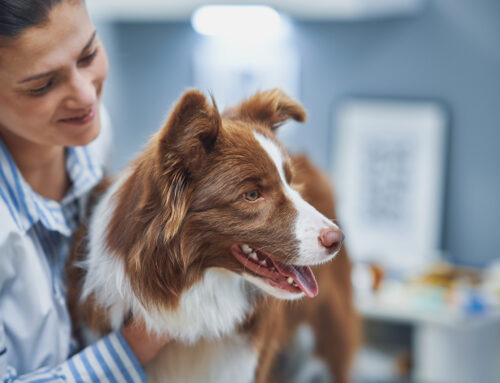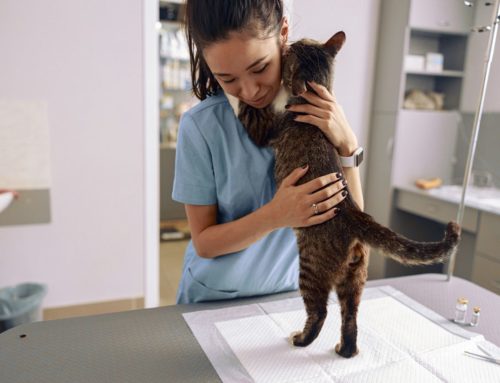When your dog displays aggressive behaviour, it can be both frightening and frustrating for you as an owner. It’s important to understand that there’s usually a reason for dogs acting out – read on to discover some of the common causes behind this and find out what you can do to stop it from happening.
What does aggressive behaviour in dogs look like?
When someone says their dog is aggressive, the first thing that comes to mind is that they have a dog that bites, but aggression can be displayed in many different forms. Some canines keep their aggression toned down and never act out more than the occasional growl, while others can attack other dogs or even people.
Whatever the signs of aggression your dog displays, the key to preventing this behaviour is to understand what triggers this response. There are many different reasons why a dog might be angry, and knowing what the underlying cause is will make the dog aggression treatment easier and more efficient.
Causes of aggression
Your dog is unlikely to be acting aggressively for no reason. Here’s a few of the most common causes behind aggression in canines:
Illness/injury
If a dog that has never previously shown any sign of aggression suddenly begins growling, snapping, or biting, it may be caused by a disease or illness. This is because pain can be a major cause of aggression in dogs – your pet may be suffering from a condition or injury that you are unaware of. These can include arthritis, bone fractures, internal injuries, various tumours, and lacerations. It’s also important to keep in mind that conditions such as cognitive dysfunction and brain diseases or tumours may provoke the onset of aggression by targeting the brain of your pet.
Fear
Fear is another factor that can often trigger aggressive behaviour. This stems from the fact that most dogs will react if they sense that they are in danger, cannot escape, and feel the need to defend themselves. For example, this may occur if a dog is backed into a corner with no way out, or if it thinks a hand raised over its head means it is going to get hit. This kind of reaction can stem from abuse, neglect, trauma or even being poorly socialised as a puppy.
Possessiveness
Possession aggression, or resource guarding, occurs when a dog is possessive of something. This could include food, toys, or some other object of value – including you. For example, your pet may growl if someone approaches his food bowl or gets too close when he is chewing a favourite toy. It’s also common for dogs to show aggression to a stranger who steps into your home or onto your property, which is the dog’s territory – think of all the stories you’ve heard about dogs biting the postman.
Display of dominance
Dogs can sometimes behave aggressively as a display of dominance – this is typically directed at other dogs but can be targeted at you too. Dogs that display dominant behaviour feel that they must prove they’re in charge of a situation. The growling, snapping, or biting occurs when they feel their position is being challenged.
Frustration
Frustration is another common cause of aggressive behaviour in dogs. This occurs when a dog is frustrated at not being able to get to something and takes its frustration out in another way – this ‘redirected’ aggression is particularly prevalent in dogs who spend a lot of time being chained to a leash or behind a fence.
How to handle aggressive behaviour
No matter the size of your furry friend, aggressive behaviour in canines is not acceptable. There’s several steps you can take when it comes to curbing aggression in dogs.
Note when your dog becomes aggressive
Make a note of when your dog becomes aggressive and the circumstances surrounding the behaviour, as this will play an important part in determining your next step. It is essential to deal with the underlying cause of the aggression – bad behaviour is just a symptom of an underlying problem. There are a number of ways you can manage the hostility and help your dog remain calm. It will take time, consistency, and possibly the help of a professional in severe cases.
Pay a visit to your local vet
Dogs that aren’t normally aggressive but suddenly develop aggressive behaviours might have an underlying medical problem.
Talk to your veterinarian to determine whether this is the case with your dog. Treatment or medication may make big improvements in your dog’s behaviour.
Contact a professional animal behaviourist
If your vet has ruled out a medical problem, it’s time to call in a professional dog trainer or animal behaviourist. Because aggression is such a serious problem, you shouldn’t attempt to fix it on your own. A professional can help you figure out what’s causing your dog’s aggression and create a plan to manage it.
To find a professional dog trainer or behaviourist, ask your veterinarian for a referral or contact the Association of Professional Dog Trainers.
Create a plan
A behaviourist or trainer can help you figure out the best approach for managing your dog’s aggression. In most cases, you can use positive reinforcement to teach your dog new behaviours. For example, if your dog is mildly aggressive toward strangers, start off by standing far away from someone your dog doesn’t know. You should be far enough away so that your dog doesn’t start to growl or snap. Then, reward yourself with lots of treats and praise as you gradually decrease the distance between your dog and the stranger, continuing to use positive reinforcement.
Your dog will hopefully begin to learn that strangers equal treats and you’ll see a reduction in its aggression. This same procedure can work for getting your dog used to a variety of other situations.
Don’t punish too harshly
Punishing your dog for aggressive behaviour usually backfires and can escalate the aggression. If you respond to a growling dog by hitting, yelling, or using some other aversive method, the dog may feel the need to defend itself by biting or attacking you.
Punishment may also lead to your dog biting someone else without warning. For example, a dog that growls at children is letting you know that he is uncomfortable around them. If you punish a dog for growling, he may not warn you the next time he gets uncomfortable, but may simply bite.
Consider medication
In some instances, training alone is not enough. Dogs that are aggressive may also need medication to help manage the problem. It’s important to understand that a dog experiencing fear, stress, or anxiety is incapable of learning new things. You should think of medication as a tool to help your dog overcome this fear. Many dogs will only need medication temporarily – talk to your veterinarian about your options.
Accept the reality of the situation
Ultimately, you need to consider whether your lifestyle allows you to stick with a plan. For instance, if you have a dog that acts aggressively toward children and you have/are around kids, it’s nearly impossible to avoid the situation that brings out the aggression. In this case, the best option for you and your dog may be finding it a new home with adults only.
At Bay Vets, our Canine Behavioural Services help your dog grow into a happy, healthy and sociable companion. Whatever the age of your dog, we offer Training and Behaviour Consultations to develop their obedience and skills. All consultations are with Lauren Sykes, and individual so you can work with Lauren to develop your dog’s behaviour based on their specific needs. Lauren has also completed several qualifications for problematic behavioural issues and would be happy to discuss more complex problems in a one to one behaviour consultation at the surgery or in your home.
We understand how important it is to ensure that your furry friend is happy, healthy and has a reliable veterinary surgery to visit when professional care is required. From kitten check ups to animal vaccinations, we’ve got you covered. Contact us by either emailing us at emailing info@bayvets.co.uk or by registering your pet online today.





